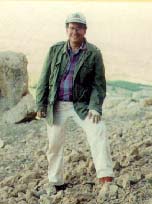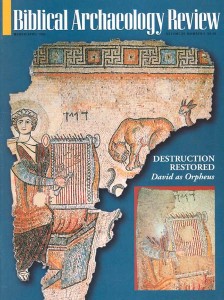Operation Scroll: An Inside View—After the Dust Settled
Sidebar to: Peace, Politics and Archaeology

“You’re going to Jericho tomorrow,” announced an official at the Israel Antiquities Authority (IAA), and with that terse instruction I joined Operation Scroll—the large-scale search for undiscovered Dead Sea Scrolls and other finds in the caves around Jericho and Qumran.
I had been cooped up in the Rockefeller Museum since August, working on the publication of my most recent excavation, so I didn’t mind getting out for a couple of days.
I was picked up at six a.m.; we were soon joined by eight soldiers who would provide our security during the excavation. A few minutes later we arrived at “Camp Hanan,” temporary headquarters for the team digging on the Qarantal Ridge overlooking Jericho on the west. We were greeted by Amir Drori, director of the IAA, Yitzhaq Magen, head of archaeological activities in Judea, Samaria and the Gaza Strip, and Giora Biran, head of logistics. We picked up our supplies and were shuttled to the site, passing on the way Tell es-Sultan, the remains of ancient Jericho, excavated by the late Dame Kathleen Kenyon.
We split into three teams, each digging its own cave. Our cave was about 50 feet above a sheer cliff. The path to its entrance was narrow and, to me, frightening. The Arab workers, accustomed to such conditions (many of them had excavated with Paul Lapp at Wadi ed-Daliyah in the 1960s), bounded nimbly inside. But I had to be pushed.
Already a library member? Log in here.
Institution user? Log in with your IP address.

